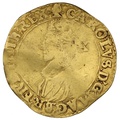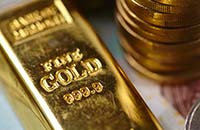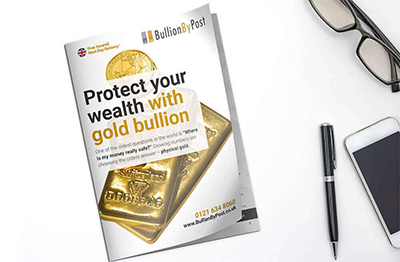Gold Crown
Gold Crown coins are a rare alternative to the silver Crown. These early gold Crown coins were minted in the 16th and 17th centuries. 22 carat gold was, for many years, globally known as ‘crown gold’ thanks to these coins; the golden Crowns were made of 22 out of 24 parts gold, with the remainder almost always being made from copper.
The Crown is a popular coin amongst numismatic collectors, and these gold versions are unique examples of the coin. As with the silver Crowns, gold Half-Crowns were also produced.
The original crown coins were hammered in gold between 1526 and 1551 under King Henry VIII, one of Britain’s most famous and notorious monarchs. The ‘Crown of the Rose’ had been a gold coin trialled during Henry’s reign to compete with France, but the coin wasn’t popular. It was quickly replaced with the ‘Crown of the Double-Rose’ which with a few tweaks to the design would become the crown coin.
After Henry’s death, his son Edward VI took the throne. It was under Edward’s reign that the majority crown coins minted were done so in silver, not gold. The change was likely due to both the cost of gold and the availability of it, but some gold coins did continue to be minted until 1662, when Charles II ceased production in order to produce guinea gold coins with the more modern milling technique.
Both full and half Crowns were minted, and cover the reigns of Henry VIII, Edward VI, Elizabeth I, James I, Charles I and Charles II. No Crowns were produced during the reign of Queen Mary I.
The gold Crown coin was valued at five shillings, and is today considered a £5 coin, or quintuple sovereign.













